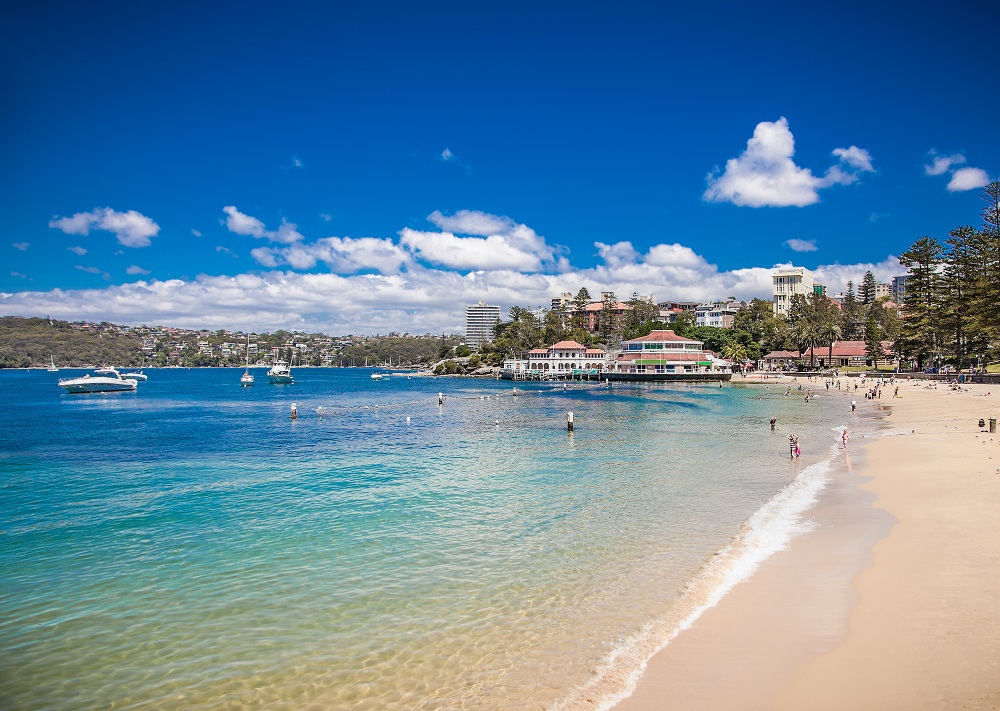BNPL vs Credit Cards – Which is Best?
Posted on:
BNPL vs Credit Cards – Which is Best?
In 1974 a revolution came to Australia. The credit card revolution. And for over 40 years, no other credit facility came close to offering a viable alternative. Fast forward to 2015 and a new player burst onto the scene. Buy Now Pay Later (BNPL) products are now responsible for around $10 billion of sales processed in Australia/New Zealand, and according to ASIC the number of transactions increased over 90% between 2017 and 2019[i], while the number of credit cards dropped from 14.6 to 13.6 million between March 2019 and March 2020[ii].
So what are BNPLs, and how to do they compare to credit cards?
What is BNPL?
A Buy Now Pay Later product is just what it sounds like. You buy whatever it is you want, take it home now, and pay it off in instalments over an agreed period. So it’s similar to an old-fashioned lay-by, except that you take the goods with you at the time of purchase. Currently there are around 10 companies offering BNPL products in Australia, including AfterPay, Zip Pay and Humm.
BNPL Features
BNPL differs from credit cards in that there is generally no interest rate charged, so if you are careful how you use them they can be a very cost effective way to make larger purchases or even manage your cash flow.
There are several different iterations of a BNPL. Some are purchased based, while others are more like a line of credit. Some work with specific partnered merchants, while others are accepted anywhere you can use a credit card.
Pros & Cons of BNPL
Pros
- Most charge no interest on purchases.
- They are not as stringently regulated as credit cards, which may also be a con if you are already struggling with credit debt.
- Payments are deducted automatically.
- If you are good at budgeting they can smooth out the highs and lows of cash flow, which can be great if you’re on a fixed income.
Cons
- There can be fine print that trips you up. Late payment fees, monthly account-keeping fees, payment processing fees, and early payout fees can all add up if you’re not aware of them. In fact, in 2019 ASIC reported 45% of BNPL users incurred late fees.
Tips for Getting the Most from BNPL
- Think about how you want to use the product. Are you looking for an ongoing line of credit or do you want to use it for a one-off purchase? Once you have an idea of how you are going to use it, choose the product with features that best suit your specific needs.
- Make sure you’re aware of any fees and late charges and make your payments accordingly.
Pros & Cons – Credit Cards
Most of us have been appreciating the convenience of a credit card for most of our adult lives, but they also come with a downside.
Pros
- Having one in your wallet means you won’t be caught short of funds when you need them in a hurry.
- They are widely accepted and understood.
- You can use them for unspecified purchases, and even cash advances.
- Sensible use of a credit card can provide you with a solid credit rating should you wish to borrow money for a business or mortgage.
Cons
- Purchases can get away from you and before you know it you’ve racked up a debt you are struggling to manage.
- Interest rates on most credit cards are significantly higher than the cash rate, making them an expensive form of finance when you don’t pay the whole balance off monthly. If you need convincing on the potential impact of this, check out our article on Compound Interest.
- Some credit cards also have monthly account keeping fees, late payment fees and other charges.
Tips for Getting the Most from Credit Cards
- If you have a large credit card debt, look for a zero interest balance transfer option and pay it off over the interest free period to get out from under that debt.
- If you always pay your full balance off monthly, cards that offer bells and whistles like points accumulation might be worthwhile for you. But if you tend to have a balance always hanging around at the end of the month, look for the lowest interest rate card you can find.
- Think about when you purchase. If your card statement ticks over on the 15th of the month, and you can wait till the 16th to make that purchase, do so, and you’ll get an additional 30 days to make your payment.
Which is Right for You?
This all depends on how you intend to use your credit.
If you make the occasional larger purchase, a BNPL product might just be for you. It can help you smooth out those bumps in your cash flow, whilst still allowing you to purchase the things you need, without paying interest.
However, if you use your credit card for multiple small transactions, and you are scrupulous about paying the balance off every month, a credit card can be more convenient and flexible.
The Verdict
The key with all credit based products is knowing how and when to use them. Both BNPL and credit cards have their place in managing your cash flow. The important thing is to think about the most appropriate product to use in the particular circumstances, and to use it accordingly, because this type of credit should always be approached a little like eating chocolate – in moderation.
If you would like advice on the best credit facilities for your circumstances, or how to restructure your credit to work better for you, Manly Financial Services has the knowledge and understanding to help. Call us on (02) 9976 3388 or contact us via the below link.


